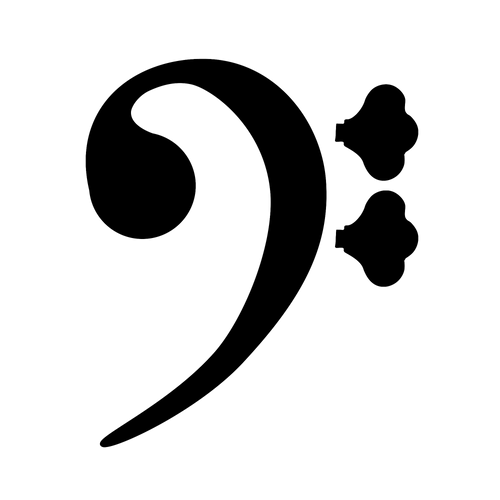It’s Xavier Foley here, and today I’d like to share some thoughts on a somewhat overlooked yet important topic in the world of the double bass: the different sound-qualities you may encounter when choosing white, black, or mixed (“salt-and-pepper”) horse-hair for your bow. While colour alone is never the full story, the choice can influence how your bow interacts with your instrument and ultimately how your tone shapes up.
Why double bass bow-hair colour matters
Before diving into specifics, it’s worth reminding ourselves that bow-hair is just one of many factors that determine how your bow will feel and sound. The stick material, camber, balance, rosin type, strings, instrument setup, room acoustics, all of these play huge roles.
With that in mind, let’s look at each type.
White Hair Bow
The white horse hair is often finer in texture, with smaller surface scales that interact more delicately with the string. This kind of structure can produce a cleaner, smoother sound with less surface noise. It tends to offer clarity and a sense of brightness that works beautifully in lyrical or solo passages.
As Eric from Upton Bass describes it, white hair behaves like a “road bike tire”. It's fast, smooth, and efficient on a clear surface. You might not get as much traction as the “mountain bike” feel of black hair, but the ride is more refined and effortless once you learn to control it.
In Jason Heath’s comparison using identical Coda Bows, he noticed that white hair produced a slightly clearer and more articulate tone under the ear. He described it as having a brighter, more open sound, especially suited for instruments that already have warmth or depth in their lower register.
So while white hair may not always feel as grippy, it can bring out articulation, balance, and subtle tone colors. It could suit players who prefer more precision and a resonant, clean sound.
Black Hair Bow
The black horse hair, on the other hand, has thicker strands and larger surface scales, which can give a stronger initial bite on the string. You may find that black hair produces a more direct response, perhaps a slightly edgier or more aggressive tone. The tradeoff is that it can sound a little raw or textured up close, especially at softer dynamics.
If your bass needs more edge or punch, black hair could help bring that forward. For others, it may just feel too heavy-handed, depending on the setup, strings, and rosin you use.
Mixed Hair (“Salt & Pepper”)
A “salt & pepper” bow hair setup usually combines white and black hairs (or more precisely: finer white/cream hair and coarser black/grey hair) in one ribbon. The idea is to blend the qualities of both.
You may get a ribbon that has some of the coarser “grab” elements of black hair, but also the smoother, more refined feel of white hair. In other words: moderate grip, with room for nuance. Some players report that the mixed ribbon allows for both strong articulation when needed and more subtle legato when desired.
In theory, a salt & pepper mix may help provide a more balanced tone. It's strong enough to speak clearly in larger ensemble settings, yet still retaining some of the warmth and complexity of the finer hair. Because you’re including both textures, the result could be more flexible.
What I’ve Learned From Experience
When it comes to choosing bow hair, I always tell players to start with what their instrument naturally allows. If your bass already projects well, you might appreciate the smoother control of white hair. If it feels a bit stubborn under the bow, black hair could give it the strength it needs to respond.
If you have the chance, try out bows with different hair types on your own bass in your usual playing space. You’ll learn quickly what feels right to your ear and hands. And no matter what you choose, good maintenance will always make a bigger difference than color alone.
And if you’re curious to experience a bow that’s already designed around that balance, take a look at my iStrad Hybrid Bow, available in both French and German versions. It’s made with premium white and black horse hair sourced from the Siberia and Mongolia region, and no bleach is used, which helps the hair stay strong and natural in texture. I wanted a bow that could feel powerful but still sing with clarity, and that’s what the iStrad was built to do.
You can check it out at xavierfoley.com. If you have any questions about bow hair, tone, or setup, feel free to reach out. I’m always happy to help fellow bassists explore their sound.

